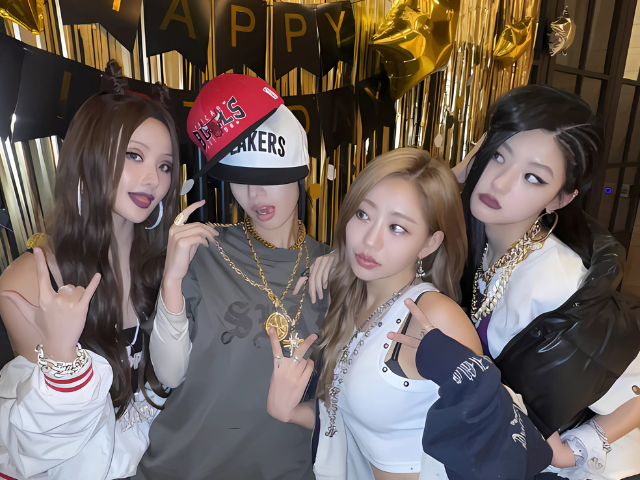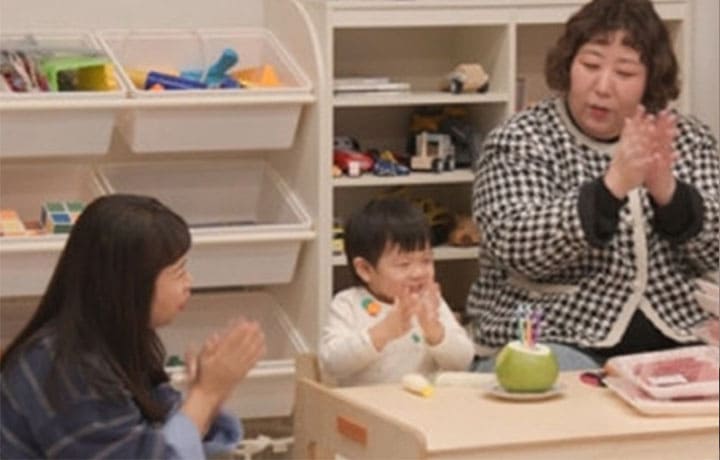Revelations About Human Rights Violations Against Hansen's Disease Patients in Sorokdo

The dark history of human rights violations against Hansen's disease patients in Sorokdo has come to light. On April 3, SBS aired an episode of 'The Story of That Day' (꼬리에 꼬리를 무는 그날 이야기), featuring guests including singer Chungha and actors Seo Young-hee and Choi Won-young, discussing the theme 'Stigma - An Island Where Children Cannot Be Born.'
The episode began with the story of Lee Nam-cheol, who was forcibly separated from his parents and isolated on Sorokdo in Jeollanam-do due to his Hansen's disease status as a child. At its peak, Sorokdo housed up to 6,000 residents, separated from staff by barbed wire. Patients lived under strict distance regulations and in poor conditions, and when it came to marriage, men underwent sterilization surgeries known as 'danjong surgery,' while women were forced to have abortions if they became pregnant. After death, many bodies were subjected to dissection. This led some residents to express a desire to die on weekends when staff were off. Despite the fact that Hansen's disease was proven not to be hereditary in the 1970s, the oppressive norms of Sorokdo remained unchanged, effectively making it a 'concentration camp.'
Reflecting on those times, Lee Nam-cheol stated, "I wondered if I was human, yet not treated as one, having to live like this." Another victim, Jang In-sim, who suffered from forced abortions, recalled, "I was dragged away like I was going to a slaughterhouse. They said, 'A crow won't give birth to a crow.'" The fetuses from these forced abortions were preserved in formaldehyde-filled glass jars and left unattended. Babies born under surveillance were forcibly placed in Sorokdo's orphanage, referred to as 'Mikama,' meaning 'not yet infected.' Seo Young-hee expressed her heartbreak, saying, "I can't even imagine. It hurts so much."
The conditions in the Sorokdo orphanage were dire, with children suffering from hunger. They were allowed to meet their parents once a month, maintaining a distance of 2 meters for just one hour, a time filled with tears, leading to the area being dubbed 'Sutan-jang,' meaning 'The Road of Weeping.' When photos from these meetings were revealed, Seo Young-hee was left speechless, while Chungha broke down, saying, "I would want to run to them so badly." Jang Sung-kyu noted that some described the situation as 'taking children away from their mothers.' Once children reached middle school age, they were forcibly transferred to Samyook Academy in Daegu, where they continued to face hardships and were denied parental visits due to their status as children of Hansen's disease patients.
The forced isolation of Hansen's disease patients in Korea began in 1916 during the Japanese occupation, with the establishment of the 'Jahye Hospital' in Sorokdo aimed more at isolation than treatment. The Japanese even forced labor upon patients and extorted money for the construction of a statue of the hospital director. During World War II, patients were conscripted for munitions production, and after their deaths, many were dissected against their will. Even after liberation, conditions did not improve. Despite the low contagion rate of Hansen's disease and the development of treatment in the 1940s, most patients in Sorokdo were cured, yet dissection continued into the 1960s, forced isolation into the 1970s, and abortions into the late 1980s. Sterilization surgeries persisted until 1992.
In contrast to Japan, which has already apologized to its Hansen's disease victims, South Korea's victims only achieved a Supreme Court victory in a state compensation lawsuit in 2013. Jang Sung-kyu remarked, "There are two things missing in Sorokdo: children and graves," explaining that deceased patients were cremated, and their ashes were left in a single urn. Chungha expressed her newfound understanding of Sorokdo, saying, "I feel ashamed," while Jang Sung-kyu hoped that those affected could finally find peace.















